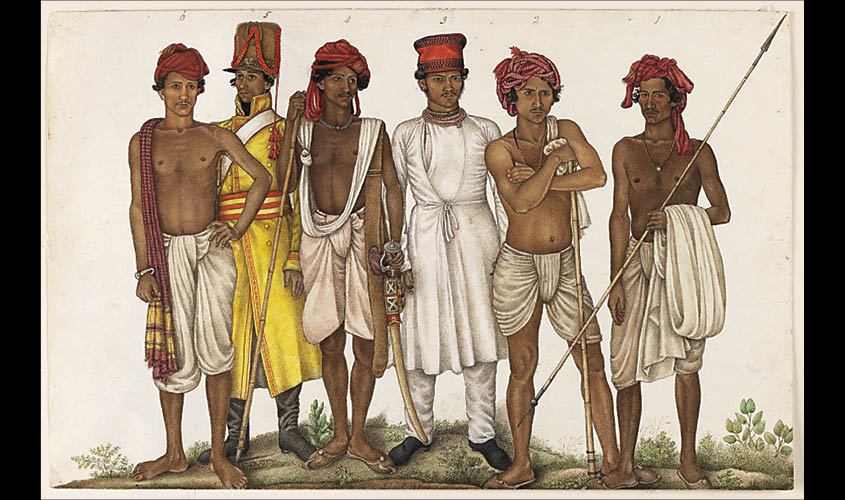DAG is partnering with the Wallace Collection for its exhibition Forgotten Masters: Indian Painting for the East India Company. Curated by renowned writer and historian William Dalrymple, this is the first UK exhibition of works by Indian master painters commissioned by East India Company officials in the late 18th and 19th centuries. Recognising this as an unprecedented exhibition, DAG lent its support to the Wallace Collection to bring these vivid and highly original paintings—among the greatest masterpieces of Indian painting—together for the first time.
Comprising works from a wide variety of Indian traditions, the exhibition moves the emphasis from the Company commissioners onto the brilliance of the Indian creators. It belatedly honours historically overlooked artists including Shaikh Zain ud-Din, Bhawani Das, Shaikh Mohammad Amir of Karriah, Sita Ram and Ghulam Ali Khan, and sheds light on a forgotten moment in Anglo-Indian history. Reflecting both the beauty of the natural world and the social reality of the time, these dazzling and often surprising artworks offer a rare glimpse of the cultural fusion between British and Indian artistic styles during this period.
The exhibition highlights the conversation between traditional Indian, Islamic and Western schools and features works from Mughal, Marathi, Punjabi, Pahari, Tamil and Telugu artists. They were commissioned by a diverse cross-section of East India Company officials, ranging from botanists and surgeons, through to members of the East India Company civil service, diplomats, governors and judges, and their wives, as well as by more itinerant British artists and intellectuals passing through India for pleasure and instruction. What they all had in common was a scholarly interest in, and enthusiasm for, India’s rich culture, history and ecological biodiversity.
The exhibition will explore the four main centres of what has traditionally been described as “Company School” painting: Calcutta and Lucknow, where provincial Mughal painters from Murshidabad, Patna and Faizabad were employed; Madras and Tanjore, where artists from the South Indian traditions received patronage; and Delhi, where Imperial Mughal artists created some of the finest works of this period. Their paintings represent one of the great and forgotten moments of Indian Art during a period of cultural exchange between the artists and their East India Company patrons.
Alongside these fascinating works, visitors will also encounter a Mughal dagger, now part of the Wallace Collection, which has a direct connection to one of the most prominent East India Company patrons of this period. The dagger was formerly owned by Claude Martin, an East India Company official who commissioned Indian artists to create works of art depicting the flora, fauna and daily life in India. Under Martin’s patronage, great Lucknavi artists such as Bahadur Singh and Mihr Chand fused their Mughal training with European conventions and materials, to create a new, highly innovative way of depicting the natural world.
Ashish Anand, managing director and CEO of DAG, said “DAG has been an ardent champion of Indian art over the last twenty-five years. Our partnership with the Wallace Collection highlights DAG’s commitment to taking Indian art to wider audiences, in India and abroad, so as to facilitate a deeper understanding of the depth of Indian art traditions, particularly those which have historically not been given their due.”
Dr Xavier Bray, Director of the Wallace Collection, elaborated “We are very excited to be partnering with DAG to bring these exquisite works together for the first time in the UK, belatedly recognising the genius of Indian artists from this period, who are largely unknown in the West.”

